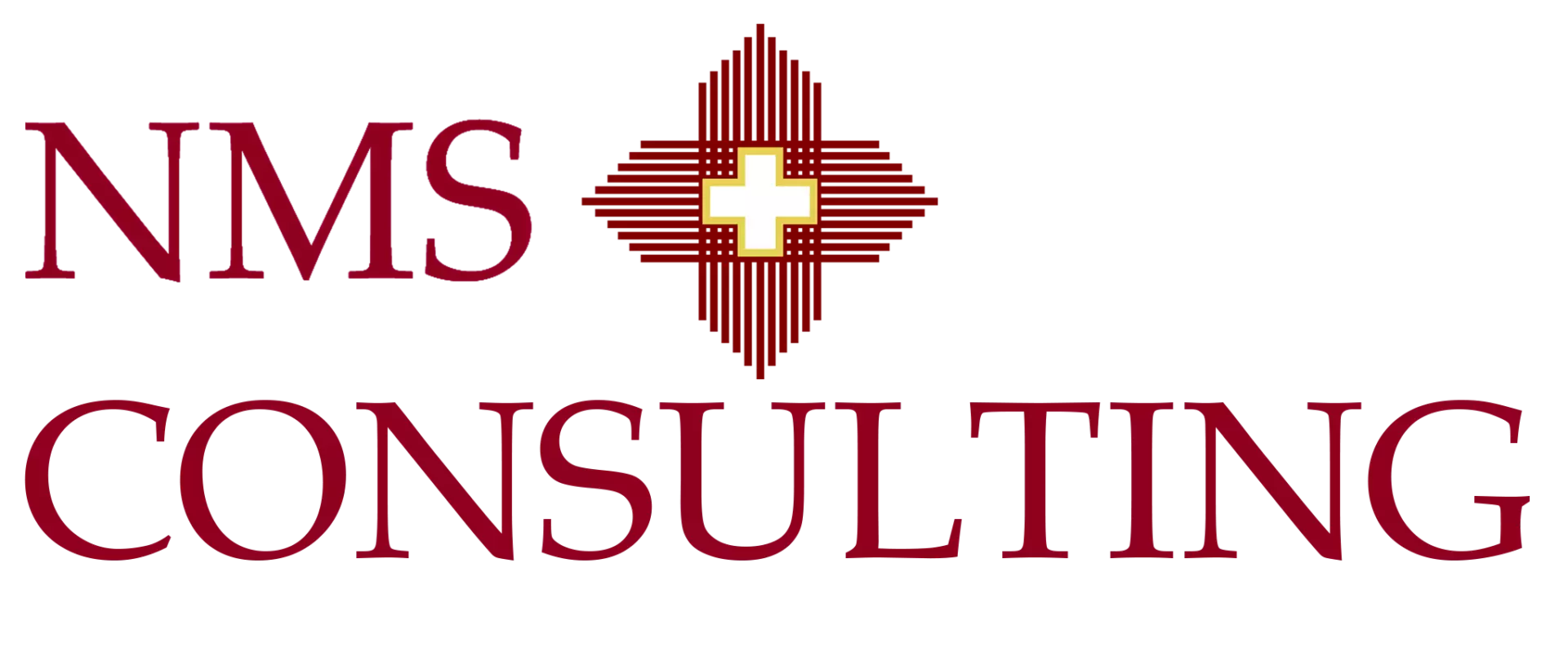What Is a Mission? Meaning, Elements, and How Leaders Use It

For an organization, a mission sets out what the business does, who it serves, and the kind of value it aims to create. It is short, practical, and meant to guide real choices, not just appear on posters.
What is a mission
A mission is a short statement that answers three basic questions:
- What do we do.
- Who do we serve.
- What results are we trying to achieve for those people or organizations.
In a company setting, the mission gives a clear description of the organization’s role in its market. It is not a slogan. It is a practical tool that leaders can use when they choose markets, design offers, hire people, and set measures of success.
NMS Consulting covers this topic in detail in What Is a Company Mission, which explains how a company mission relates to customers and stakeholders, and in Mission Definition in Strategic Management, which shows how mission connects to strategy work.
Mission in everyday life and in business
Outside business, people use the word mission to describe a central task or cause that matters to them. A person might say their mission is to improve health in their community or to teach a certain group of students. The word signals focus and commitment.
In organizations, mission has a similar meaning but is written in a form that can guide many people at once. It bridges personal motivation and company goals. When employees understand the mission and believe in it, it becomes easier to see why their work matters.
Consulting firms like NMS Consulting often start strategy and change work by clarifying the mission with leadership teams. Material such as Business Consulting Services: What They Are and How They Help and Strategic Management Consulting Services shows how mission shapes choices about markets, offers, and investment.
Main elements of a clear mission
Although wording varies by organization, strong mission statements usually share several characteristics.
-
Specific audience.
The mission says who the organization serves. It may list customers, patients, citizens, members, or other groups. -
Clear work.
It states what the organization actually does for that audience, in plain language rather than buzzwords. -
Distinctive contribution.
It hints at what the organization does differently or particularly well compared with alternatives. -
Realistic scope.
It is broad enough to leave room for growth but focused enough to guide trade offs. -
Simple language.
People at all levels can read it once and explain it in their own words.
The article What Is a Company Mission gives examples of how organizations phrase these elements in practice.
Mission vs vision vs values
Mission, vision, and values are related but not identical. Many leaders find it useful to keep a simple distinction in mind.
-
Mission.
Describes what the organization does and for whom. It sits close to current activities and decisions. -
Vision.
Describes the future the organization is working toward. It is more aspirational and long term. -
Values.
Describe the standards and behaviors that are expected while people work toward the mission and vision.
When these three elements line up, employees can see how their daily work connects to longer term direction. NMS Consulting’s article How Companies Achieve Their Mission Statement discusses how consultants help align strategy, culture, and operations around a shared mission.
Mission in strategic management
In strategic management, mission acts as a reference point for choices. It influences which industries to play in, which customers to focus on, which services to build, and which ideas to decline even if they seem attractive in isolation.
A clear mission helps leadership teams:
- Filter options that do not fit with the role they want the business to play.
- Explain strategy to employees, customers, and investors in a consistent way.
- Stay grounded when new trends and technologies appear, choosing only those that fit their mission.
- Design measures of success that reflect both financial outcomes and how well the organization serves its audience.
NMS Consulting’s guide Mission Definition in Strategic Management focuses specifically on this link between mission and strategic choices, while Management Consulting Solutions Guide 2025 shows how mission connects to organization, digital, and change topics.
How to write or refresh a mission
Writing or updating a mission statement does not have to be a long or complex project. A simple, structured approach is usually enough.
-
Collect views and material.
Review current mission wording, strategy documents, and any recent board decisions. Talk with a small group of leaders about what the organization really does and for whom. -
Draft short statements.
Write a few candidate versions that describe audience, work, and contribution in one or two sentences. -
Test with real decisions.
Check whether each draft helps answer current questions, such as which markets to serve or which offers to stop. -
Refine wording with a small group.
Involve leaders who will have to use the mission often, including people from operations, finance, and HR. -
Confirm and communicate.
Once a version is agreed, communicate it clearly along with examples of what it means for ongoing work.
The article What Is a Company Mission includes practical tips on editing mission statements and checking that they align with strategy and culture.
Using mission in daily decisions
A mission is useful only if people refer to it when they make decisions. Leaders can help this happen by linking mission to concrete actions and routines.
- Include the mission in strategy and budgeting discussions, asking how each proposal supports it.
- Use the mission in hiring and onboarding, so new staff understand what the organization is trying to achieve.
- Refer to the mission in town halls and project updates, especially when explaining trade offs.
- Connect performance measures and incentives to outcomes that reflect the mission, not only to short term financial targets.
- Ask teams to share stories that show the mission in action, which helps others see what it looks like in real work.
NMS Consulting often includes mission checks in strategy, change management, and performance improvement projects. Related material on business consulting services and Change Management shows how mission can be built into routines rather than treated as a one time exercise.
Common mistakes with missions
Many organizations have mission statements, but not all of them work well. Several recurring problems appear in practice.
-
Vague wording.
Mission statements packed with buzzwords that could apply to any company do little to guide decisions. -
Too many ideas.
Long lists of aims or topics make it hard to see what truly matters. -
Weak link to strategy.
Mission statements that bear little relation to actual markets, offers, and investments are soon ignored. -
Infrequent use.
If mission is mentioned only during annual planning, staff quickly see it as a formal requirement rather than a real guide. -
Unclear ownership.
When no one owns the wording and use of the mission, it is hard to keep it current and meaningful.
NMS Consulting’s article How Companies Achieve Their Mission Statement describes how consultants help organizations avoid these traps by linking mission to operations and metrics.
How NMS Consulting supports mission work
NMS Consulting is a global management consulting firm that works with boards, owners, and executives on strategy, transformation, and performance. Clarifying and using mission is often one of the early steps in this work.
Support can include:
- Workshops to clarify mission and test wording against real decisions.
- Linking mission to strategy, operating models, and performance measures.
- Coaching leaders on how to talk about mission during change and growth.
- Helping teams use mission when they design products, services, and customer journeys.
Related pages include Strategic Management Consulting Services, Core Consulting Services, and Mission Definition in Strategic Management, which show how mission fits into wider advisory work.
FAQ on what a mission is
- How long should a mission statement be?
- Most effective mission statements fit into one or two sentences. Long paragraphs are harder to remember and use. Extra explanation can sit in internal documents, but the core wording should be short.
- Who should be involved in shaping the mission?
- Boards and senior executives usually lead the work, with input from managers and key staff. External advisers can help frame options and test wording, but the final statement needs genuine ownership from internal leaders.
- Should each department have its own mission?
- The organization benefits from one central mission. Individual departments can translate that mission into their own goals and charters, but they should still show how their work supports the shared statement.
- How often should we review our mission?
- Many organizations review their mission as part of major strategy updates or when they enter new markets or launch new business models. It does not need to change often, but it should be checked when the company makes significant shifts.
- What is a sign that our mission is working well?
- A simple test is to ask people at different levels to explain the mission in their own words and to give examples of recent decisions that were shaped by it. If they can do both, the mission is likely active rather than only written down.



